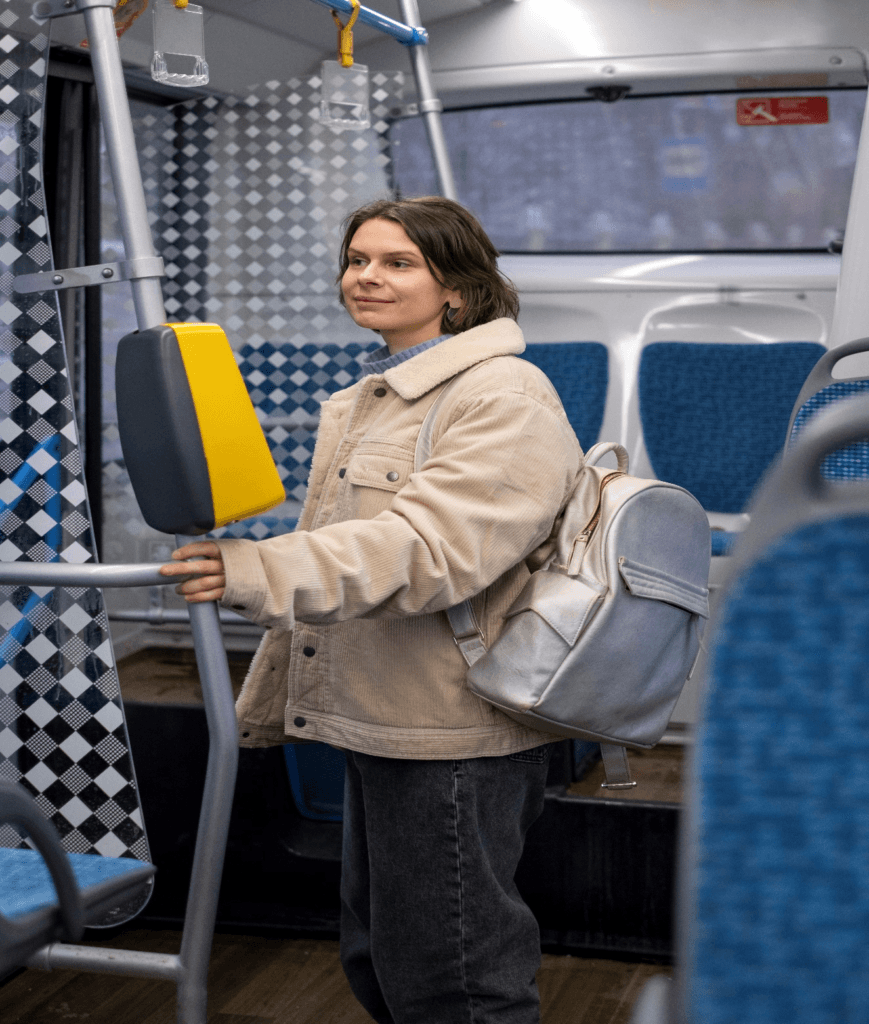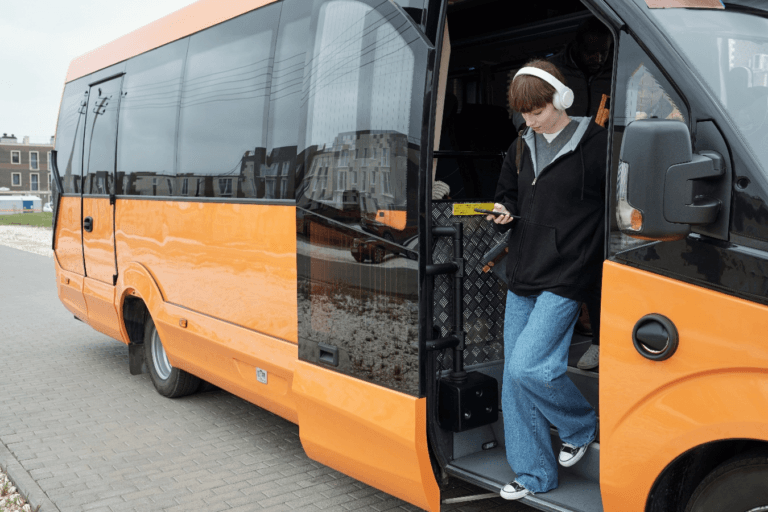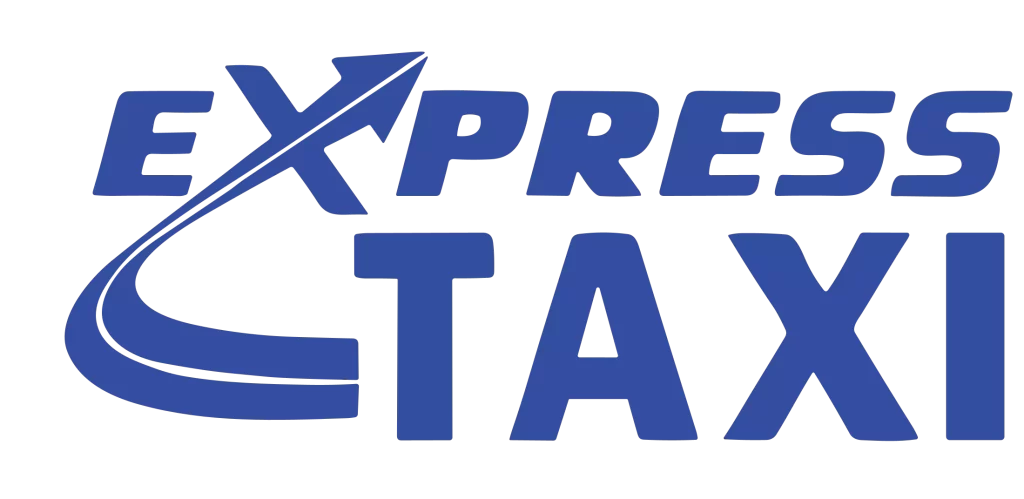Improving Campus Life: Minneapolis, Minnesota's Use of Efficient Transportation Solutions
University campuses in the thriving metropolis of Minneapolis, Minnesota, have a significant impact on how students experience both their social and academic lives. A sometimes disregarded factor that facilitates a smooth campus life is effective transportation options. This article will examine the significance of transportation optimization on Minneapolis university campuses, with a particular emphasis on the phrase “University transportation solutions MN.”
- Minimizing Traffic:One of the main advantages of effective mobility strategies on college campuses is the decrease in traffic within and surrounding educational facilities. By putting in place efficient transportation systems, local road networks are not as burdened, and commuters from the city and college may travel more smoothly.
- Improving Sustainability:Universities are actively looking for sustainable solutions as environmental awareness grows. Campuses with more environmentally friendly transportation alternatives include electric shuttles, bike-sharing programs, and carpooling efforts. This reflects the global movement toward environmentally friendly behavior and establishes academic institutions as leaders in sustainability.

- Enhancing Accessibility:Ensuring that staff, instructors, and students can easily travel the campus depends in large part on accessible transportation. Adopting strategies like bike lanes and shuttles that comply with the Americans with Disabilities Act (ADA) improves accessibility for people with disabilities and promotes a more diverse and inclusive campus environment.
- Promoting Community Involvement:More community involvement is made possible by effective transportation networks. Universities encourage students to engage in extracurricular activities, attend events, and explore the local community by offering accessible and dependable transportation choices. This improves their entire university experience and fortifies the ties that bind the institution and the city.
- Increasing Productivity:Improving staff and student productivity may be greatly aided by streamlining campus mobility. People can concentrate more on their work and studies when commute times are shorter and there are dependable transportation choices available, which improves the academic environment as a whole.
- Encouraging Safety:University campuses place a high priority on safety, and a well-functioning transportation infrastructure is essential to the community’s overall wellbeing. A safe environment for everyone is facilitated by well-designed routes, well-lit transit stations, and security features on available modes of transportation.
- Bringing in and Holding on to Students:Prospective students’ decisions are influenced by several aspects of campus life, such as the transportation facilities. Well-planned transportation systems increase a university’s ability to draw in and keep students. A favorable impression of the institution as a whole is influenced by a good transit experience.
In conclusion, establishing a supportive and sustainable academic environment on Minneapolis, Minnesota, university campuses requires the adoption of effective mobility solutions. Universities may take the lead in offering a comprehensive and rewarding educational experience by emphasizing less traffic, sustainability, accessibility, community involvement, productivity, safety, and student retention. Optimizing transportation options becomes essential to gaining a competitive edge in the higher education market as the demand for high-quality education keeps rising.
Getting Around Minneapolis, Minnesota University Life: Typical Obstacles and Creative Fixes

In Minneapolis, Minnesota, starting a higher education journey is an exhilarating experience, but it also presents a unique set of obstacles for staff and students. We will explore the shared issues that the Minneapolis university community faces in this post, all the while keeping an eye on the phrase “University transportation solutions MN.”
- Commute Problems:For both staff and students, commuting may be a major burden, especially in a busy city like Minneapolis. The everyday struggle is exacerbated by parking space constraints, traffic congestion, and the necessity for dependable transit choices. It is imperative that creative university transportation solutions in Minnesota address these issues in order to provide a more seamless daily commute.
- Weather-Related Obstacles:Due to Minneapolis’s severe winters, it might be difficult for employees and students to get about campus. Extremely chilly weather, ice walkways, and snow-covered paths can make commuting difficult. The experience may be substantially improved by putting into practice weather-appropriate transportation measures, such as heated bus shelters and well-kept pathways.
- Commute Problems:For both staff and students, commuting may be a major burden, especially in a busy city like Minneapolis. The everyday struggle is exacerbated by parking space constraints, traffic congestion, and the necessity for dependable transit choices. It is imperative that creative university transportation solutions in Minnesota address these issues in order to provide a more seamless daily commute.
- Weather-Related Obstacles:Due to Minneapolis’s severe winters, it might be difficult for employees and students to get about campus. Extremely chilly weather, ice walkways, and snow-covered paths can make commuting difficult. The experience may be substantially improved by putting into practice weather-appropriate transportation measures, such as heated bus shelters and well-kept pathways.
- Issues with accessibility:Staff and students frequently encounter obstacles while attempting to navigate the campus, particularly in bad weather. To promote an inclusive workplace, it is imperative to enhance the accessibility of transportation alternatives, including but not limited to guaranteeing ADA compliance and offering accessible routes.
- Time Management Stress:Students and staff may experience time management stress as a result of juggling extracurricular activities, employment commitments, and academic obligations. By shortening commutes and offering dependable transit alternatives, efficient transportation solutions may help people manage their schedules and reduce stress.
- Financial burden:Parking costs, public transportation fares, and the expense of operating a personal vehicle can all add to the financial burden that employees and students face. This load may be lessened and a more inexpensive educational experience can be promoted by looking into economical and environmentally friendly transportation options.
- Safety Concerns:The university community places a high priority on safety. Issues that might impact the general feeling of safety on campus include dimly lit walkways and the requirement for safe mobility choices. It is crucial to provide safety measures for transportation services, such as well-lit transit stops and security guards.
- Technology Integration:In order to stay relevant in the digital era, staff and students demand that mobility solutions incorporate technology seamlessly. Real-time bus tracking, route information via mobile apps, and digital platforms for communication can improve the whole experience and lessen some of the typical problems encountered.
In conclusion, creating a supportive and favorable academic environment in Minneapolis, Minnesota requires an awareness of and commitment to resolving the shared issues encountered by faculty, staff, and students. Universities may provide a more helpful and fulfilling educational experience by concentrating on creative mobility solutions that address weather-related obstacles, accessibility issues, time management difficulties, financial strain, safety concerns, and technology integration. Prioritizing these solutions would not only enhance the quality of life for university staff members but also increase the success and happiness of individuals navigating Minneapolis’s academic environment as a whole, particularly in light of the growing demand for higher education.

